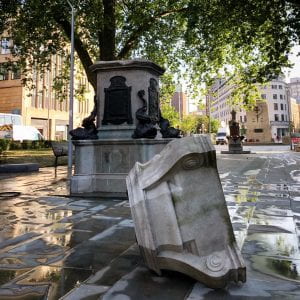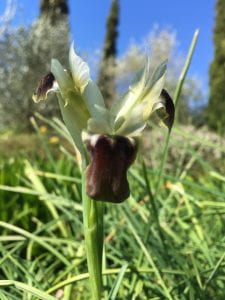By Andy Winfield
 Plants and our history are strongly interwoven, they can evoke personal memories or a collective love of symbolic trees, flowers, scents and sounds; each plant has journeyed side by side with us, our experiences combining to tell a story of our past. Some of these plants have a fleeting appearance, whereas others are so linked with human history that their very mention evokes a deep historical trauma reverberating across continents. This week saw Bristol protestors topple the statue of Colston in the centre of Bristol, one of many men of this city who grew rich through the production of sugar and the selling of African people into slavery. This blog will look at two plants grown in our Tropical zone whose natural adaptations stirred the worst in human greed and brutality, building this city and creating the race divisions we see today. (more…)
Plants and our history are strongly interwoven, they can evoke personal memories or a collective love of symbolic trees, flowers, scents and sounds; each plant has journeyed side by side with us, our experiences combining to tell a story of our past. Some of these plants have a fleeting appearance, whereas others are so linked with human history that their very mention evokes a deep historical trauma reverberating across continents. This week saw Bristol protestors topple the statue of Colston in the centre of Bristol, one of many men of this city who grew rich through the production of sugar and the selling of African people into slavery. This blog will look at two plants grown in our Tropical zone whose natural adaptations stirred the worst in human greed and brutality, building this city and creating the race divisions we see today. (more…)




